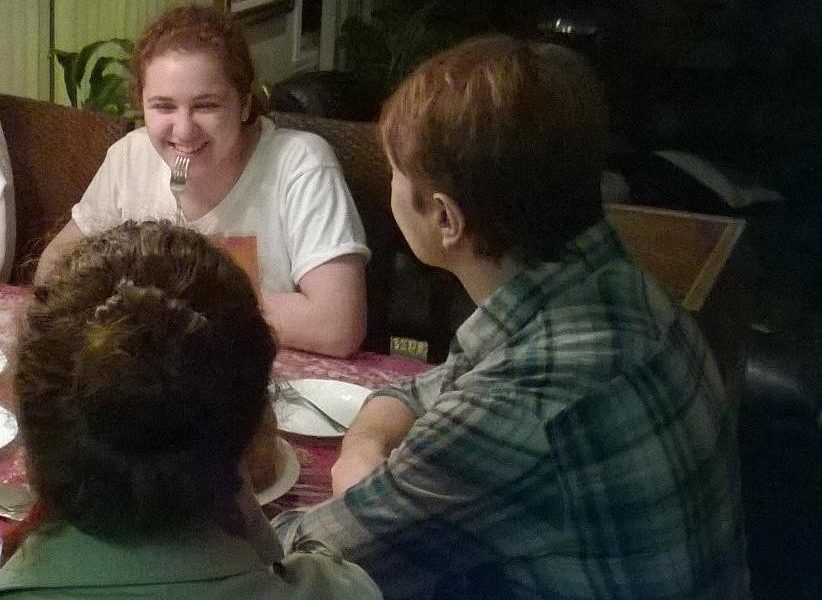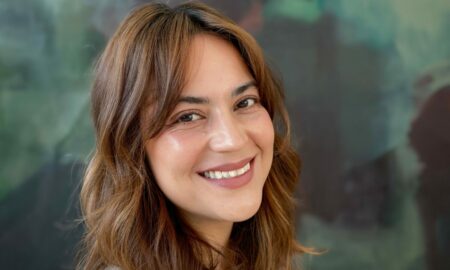

Today we’d like to introduce you to Basil Schaban-Maurer, PhD.
Thanks for sharing your story with us Basil. So, let’s start at the beginning and we can move on from there.
My early training in Architecture began at The University of Texas at Arlington’s school of Architecture and environmental design, now known as CAPPA, where I was influenced by the humanist work of my mentor, the late professor Andrej Pinno. His design philosophy was distinguished by its emphasis on the users of Architecture and how they engaged their buildings, in contrast to elitist stylistic trends, dictated by the narcissism of rich clients and Starchitects, which were taught in other studios. I was also exposed to the lyrical expressionism of International Style Finnish architects like, Aalto and his student, Pietela, whose designs were both inspired by nature, and responsive to the local environments, out of which their buildings were formed. In those early years, I earned a Bachelor and a Masters in Architecture, a Master of city and regional planning from CAPPA at UTA, while graduate studies in Denmark earned me another Master of Science in Architecture. I gained some insights during my internship in Denmark and upon my return to Texas, working with local Dallas firms HOK, CSI and Fugro Environmental. Later, while teaching urban design courses at Concordia University and citizen engagement workshops at McGill University, I became aware of the widening schism between how architecture is practiced, by registered architects, who were in actuality, merely building merchants, and how architecture and planning were taught, within the halls of Academia.
When I founded ARK Tectonics in 2004, I chose to reconcile this dichotomy through my own user-engaged environmental form-making approach. Early lessons learned during my work in Texas, with ENF, when I changed the direction of the Foundation’s research efforts to focus on urban and public policy initiatives, along with subsequent collaborations with Ark Tectonics’ academic and institutional partners, led to the Citizen-Centered Design movement of the late 90’s. A decade later, after earning a Ph.D. in architecture, urban design and planning policy, at McGill University in Montreal, Canada, my research findings and my doctoral dissertation, laid down the principles of a new field of inquiry, within political science, the field of Mindful Policy Engagement. I have been an active promoter and supporter of Public Interest Design, the new frontier of community driven, human-centered and participatory sustainability and regeneration, whose goals are to improve the quality of life for everyone, regardless of their socio-economic or ethno-cultural background. Through our own work at Ark Tectonics and our collaborations with our institutional partner, the Urban Science Institute, and our affiliates, the Open Architecture Collaborative we are increasing the reach of public-interest design and citizen-centered architecture and planning initiatives, in Texas communities, to cover other disadvantaged communities around North America. To promote community outreach efforts, I published a book in 2013, titled, Rise of the Citizen Practitioner, and published a multitude of research papers in peer-reviewed journals, outlining the issues and challenges facing citizen engagement, in North America, and what we can all do to strengthen our deteriorating democracy. Interestingly, where it concerns my early pioneering work in Open Source Architecture, Wikipedia cited me, last year, in an article on the subject.
Overall, has it been relatively smooth? If not, what were some of the struggles along the way?
There were many obstacles to overcome, some of which were to be expected, for any growing firm, like logistics and networking presence. In response, we changed our organizational model from a centralized physical presence to a decentralized virtual network of experts, spanning several cities in both Canada and the US, and we are expecting more to follow in European cities, next year. Other challenges had to do with changing conventional mindsets, both of municipal government bodies, in matters of protocol and policy, and educating community members of their right to equal access to resources. At the same time, we pushed hard to legitimize agenda-less ordinary citizens as local place knowledge experts, with planning commissions and their elected representatives. Our stance on making architectural design an open source, available to all, regardless of income, was another challenge, which made us push for the inclusion of architects, like planners already were, as stakeholders in the urban and public policy debate. My doctoral research at McGill provided a rigorously researched and historical basis for the inclusion of architects, in matters of policy, a global first for the profession in modern times. In the last decade, public sentiment for inclusion and diversity has made our work, along with other public-interest design organizations, a lot smoother, and we anticipate our reach among disadvantaged communities to expand further, despite the current regressive political climate.
Please tell us about ARK Tectonics.
We are a citizen-centered architecture practice offering expert consulting services to communities, architecture, urban design and planning firms, municipalities, non-profits, NGO’s and academic institutions. We operate at the intercept of building design, community development and policy, by combining environmental form-making with building user engagement within the Mindful Policy Engagement field.
For our Consulting Services, we provide the following:
Environmental form-making for a project’s Schematic Design and Design Development phases only.
Client relations and communication
Public outreach and engagement strategies
For our Specialty Service, we provide the following:
Planning policy, Land-use, physical, spatial and participatory planning
Land-use planning field research and community outreach
Community planning and development
Impact study reporting
Optimization of public Transport infrastructure
Sustainable city-building
Urban regeneration
ARK Tectonics harnesses a fully participatory engagement process utilizing shared, context-specific, local place knowledge of citizen practitioners through the exchange of life-experience self-narratives between ordinary citizens and design professionals to shape and inform urban policy environmental architecture, sustainable urban planning, and community-based participatory urban design projects, combined with citizen engagement expertise. Established a professional niche and expertise in cutting-edge environmental form-making designs within the fields of architecture, urban design and planning, in contrast to the proliferation of engineering-based technical solutions for environmental, green and sustainable market needs.
If you had to go back in time and start over, would you have done anything differently?
In retrospect, it was the historical progression of events and the challenges they created that dictated both our responses and our growth, so starting in our current climate would require a different strategy to accomplish the same mission.
Contact Info:
- Website: www.earthnomad.net www.earthnomad.org
- Phone: 817-554 3631
- Email: infoARK@earthnomad.com
- Other: http://www.earthnomad.net/arkmovement.html




Image Credit:
CCD Infographic image, research: John Cary, Design: Megan Jett
Basil Schaban-Maurer, PhD
Getting in touch: VoyageDallas is built on recommendations from the community; it’s how we uncover hidden gems, so if you know someone who deserves recognition please let us know here.

















